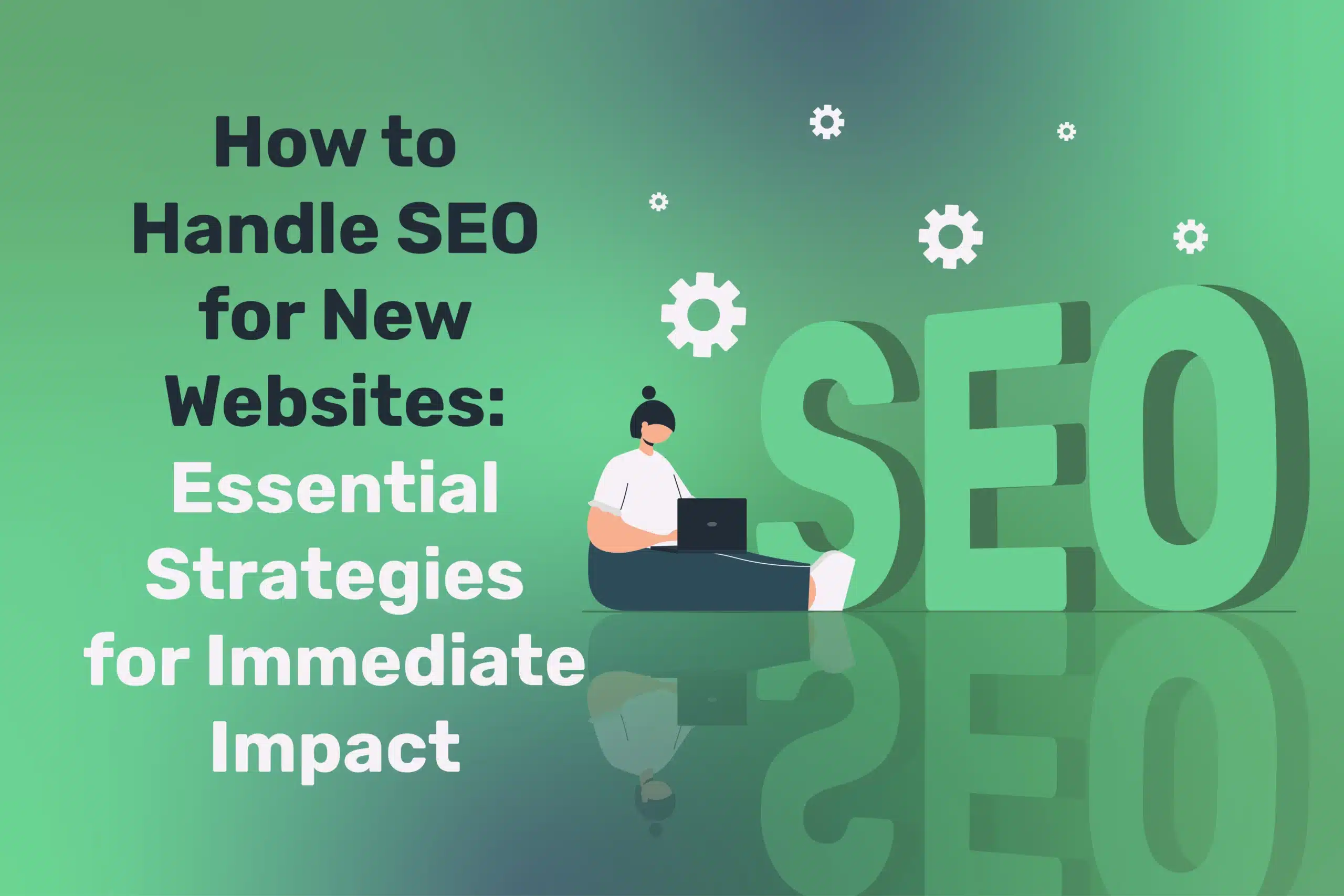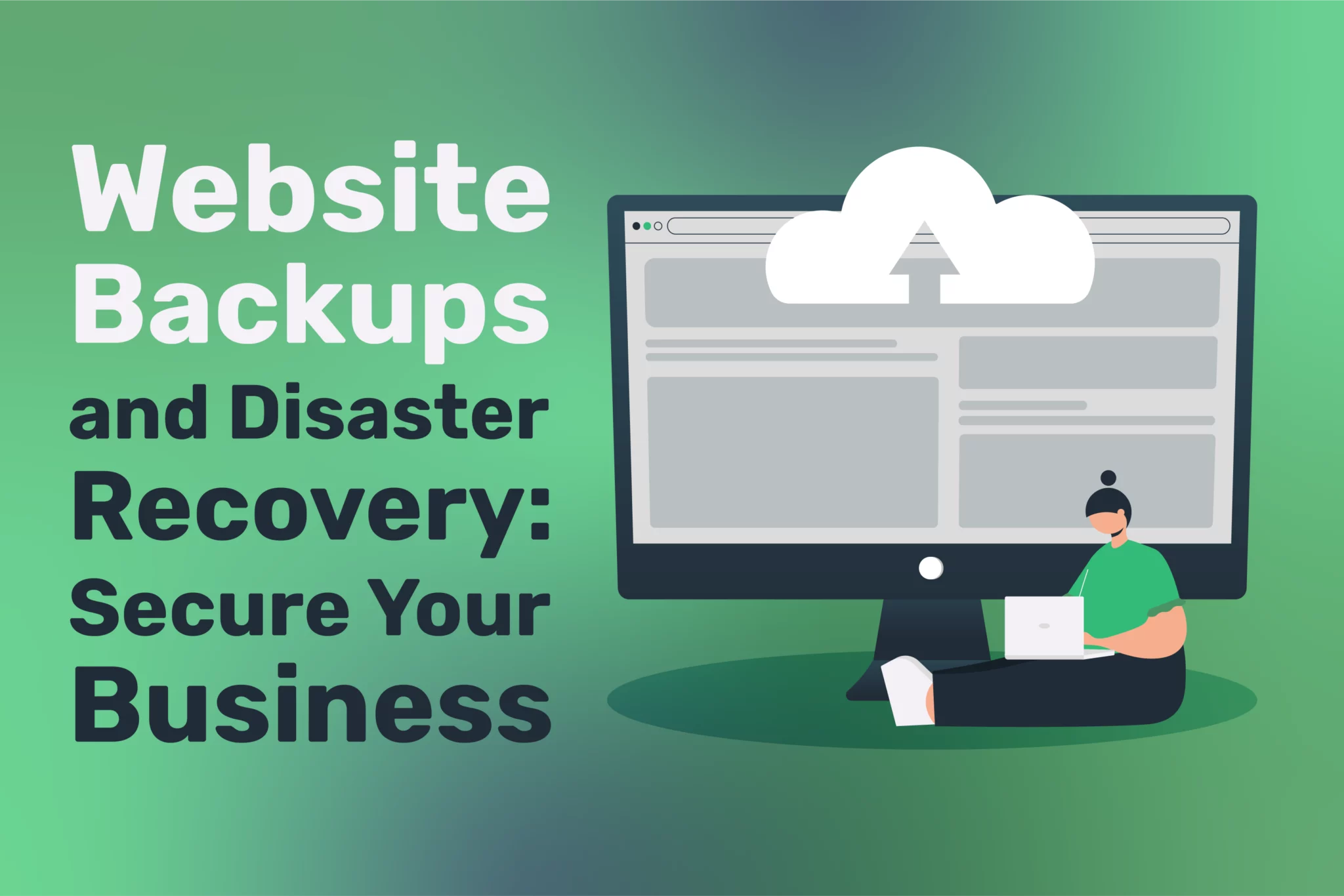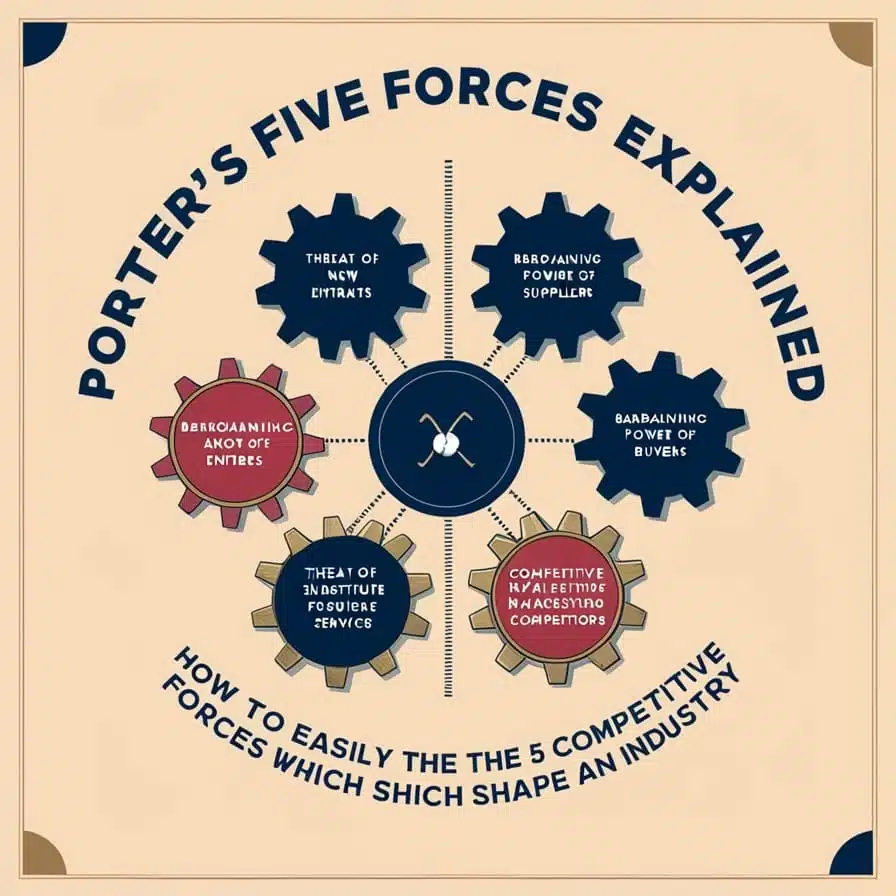Porters five Forces Unlocked: Easily Apply Key Competitive Strategies
Before you examine Porter’s Five Forces, you may want to check out our blogs on Business Strategy, Stakeholder Mapping, Scenario Planning, and Digital Transformation.
What is Porters Five Forces?
Many businesses want to understand both their internal and external environment. To analyse the external environment, a PESTEL Analysis will encourage business leaders to look into the future and identify key factors that are likely to impact their business. This will allow you to identify future opportunities that you could exploit and possible threats that you may need to consider and defend against.
For more information on PESTEL follow this link for a blog on this tool.
Porters five forces was developed by Michael E. Porter, a well renowned theorist in business literature, to identify and determine the level of intensity of competition for a particular business. Known as the five competitive forces which shape an industry this tool looks at;
- Competitive rivalry
- The threat of new entrants
- The bargaining power of suppliers
- The bargaining power of buyers
- The threat of substitutes
Why is Porters Five Forces important?
This tool helps analyse a particular industry’s structure and overall corporate strategy. Overall it will allow businesses to measure the intensity of competition, identify how attractive an industry is and identify how profitable an industry is. Below lists some of the benefits of conducting Porters Five Forces;
- Make more informed strategic decisions
- Identify the key players within a particular industry
- To use as a starting point to identify key strengths and weaknesses within the company
- Exploit opportunities
- Make effective long-term plans
Porters 5 Forces
Porters Five Forces Explained
Competitive Rivalry
This competitive intensity of an industry is determined by how ‘high’ or ‘low’ the four factors are.
As we can see from the diagram the middle of the tool is the representation of the competitive rivalry within the industry. This refers to the number of competitors there are and how much they impact sales and profitability for businesses.
In a competitive environment where there is a high level of competition, the bargaining power of buyers and suppliers is usually also high. On the other hand, if competitive rivalry is low, companies have the power to charge very high prices where customers would have no choice but to buy from this company. This is also known as a ‘monopoly’.
Example: Competitive rivals are likely to compete on price and quality of products or services. We see this more and more within the fast food industry where in the past industry leaders McDonalds implemented a Digital Transformation, introducing self-service kiosks for customers, with competitors KFC and Burger King closely following to make sure they remain competitive.
Key questions to ask during this stage:
- Who are your main competitors?
- How many competitors currently exist within your industry?
- Do your products or serices defferenitate from the competitors?
- Why do your customers choose you over your competitors?
- Are you situated within a growing industry?
Potential threat of new entrants
Depending on how attractive a particular industry is, companies could be at risk to new entrants entering the market. This is likely to be seen when an industry starts to become more profitable. This means a particular company could be at risk to new competitors offering customers something unique, also offering them a competitive advantage.
In this section of the analysis you will want to identify if the barriers to entry are low or high. For most businesses, they will hope the barriers to entry are high within their industry to allow them to charge higher prices to their customers.
Example: Accounting firms may be reluctant to enter the industry due to the high market concentration of Deloitte, KPMG, EY, and PWC, which all share 74% of that particular market.
Key questions to ask during this stage:
- How loyal are your customers? Do you have something unique about your product or service which would make it unlikely for them to switch to another brand.
- What are the profit margins and how expensive would it be for a business to enter your industry?
- Are there any government polices and regulations in place which would make business reluctant to enter the industry?
- How easy it to implement technology?
The bargaining power of suppliers
The bargaining power of suppliers can depend on the number of suppliers in a particular industry (the level of concentration). Where there are not as many suppliers to a particular industry, this increases their likelihood of increasing prices, which in return can result in reduced profitability for a business. Therefore, many businesses will want to have multiple sources of suppliers for the materials as this will ensure they do not become reliant on one particular supplier.
Example: Within the car manufacturing industry, Toyota have multiple supplier groups based in different countries. This ensures there is a reduced risk of becoming dependant on one supplier, and also with the vast selection of suppliers available, Toyota can switch supplier group if prices get to high.
Key questions to ask during this stage:
- Do you have key suppliers which you rely on?
- Are there other suppliers which you could switch to?
- Is there a risk associated with switching suppliers?
- How expensive would it be to switch suppliers?
The bargaining power of buyers
Customers in smaller industries will have the power to negotiate and try to drive prices down. This can be determined with how easy customers find it to switch from one company’s products or services to another.
Example: within the UK retail industry, Tesco, Asda and other large retailers are in a highly competitive rivalry against each other, where they mainly compete on price to attract customers to their stores. This leaves customers with a sense of power where they can decide which store they believe offers the best price per product.
Key questions to ask during this stage:
- Who are you key customers and why are they loyal?
- Do a certain segment of your buyers make up a large proportion of your revenue?
- Would it be easy for your buyers to switch to another brand or business?
The threat of substitutes
This is when a company’s goods or services are substituted, or in other words customers have found an easier, more convenient way to invest in your type of business. This is becoming more common as a result of technology advancing and changing how we do things.
Example: When Netflix took over Blockbuster this was effectively a substitute where global demand shifted and wanted a more convenient way to watch movies.
Key questions to ask during this stage:
- Has your product or service been a substitute in the past?
- Are there any substitute products or services which currently exist in your market?
- How does your product or service differentiate from others?
- Is there a low or high cost for buyers to switch to an alternative product or service?
Analysing each of the Porters Five Forces will allow you to assess the level of competition while gaining valuable insights into your market. This will effectively put you in a stronger position to produce a clear strategy from your findings.
Example of Porters Five Forces
Porters Five Forces applied to Netflix
Porters Five Forces – Netflix
Competitive Rivalry: High
We see more and more large companies investing in this particular industry, with Amazon who released Amazon prime and have slowly become one of Netflix’s key competitors. Also other fierce rivalry from Disney + and other applications means Netflix must strategies towards ensuring they can contain high customer loyalty and offer value for their customers investment into their subscription.
The threats of new entrants: Moderate
Amazon is an example of a business that was established in one industry (online e-commerce) and has now ventured into the entertainment service industry. This means it could be argued that the threat of new entrants for Netflix and this industry is low. However, with the brand recognition and high customer loyalty, newly established businesses may find it difficult to have the financial resources to compete with a business like Netflix. Therefore, the threat of new entrants can be seen as moderate.
The bargaining power of suppliers: Moderate
Netflix suppliers will consist of alternative tv shows or movies which have not been produced by Netflix and require a streaming service fee. Although there are other businesses in which suppliers can choose such as Amazon Prime and Disney +, Netflix is still dominant in this industry and for that reason, suppliers are likely to choose them, leaving their bargaining power moderate.
The bargaining power of customers: High
There isn’t much to separate Netflix’s price from its competitors’ price for the monthly subscription. This also means that customers have low switching costs, meaning they have a high level of bargaining power when it comes to Netflix’s price.
The threat of substitutes: High
As mentioned earlier, Netflix are actually an example of a substitute themselves where they took over Blockbuster. This also means that the business is at risk to a future substitute with the changing business environment for this particular industry, especially with other prescription based online movie platforms being introduced. Therefore, this results in a high level of power for the threat of substitute for this particular stage of Porters Five Forces.
For more information on how to apply Porter’s Five Forces to Netflix, follow ProfileTree’s YouTube channel, where a video will soon be released.
Summary
If you enjoyed this blog article on Porters Five Forces and you want some guidance on how you could apply it to your business, contact ProfileTree today. We also offer guidance and support on Business Strategy, Digital Transformation and all things Digital Marketing as well. We will look forward to hearing from you.









